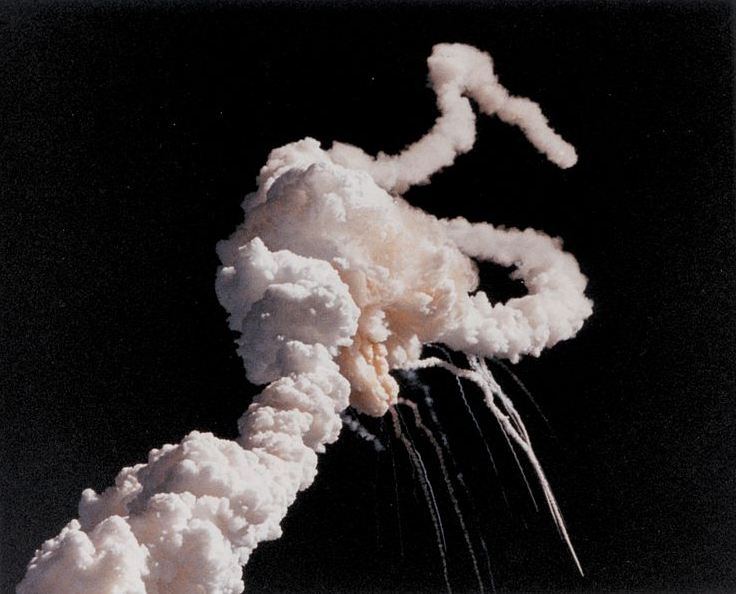Technology Readiness Levels
Technology Readiness Levels can be used by entrepreneurs, inventors and others to rate and evaluate a technology. The United States government and some companies rate the maturity of technologies with various scales. These Technology Readiness Levels (TRLs) are constructed to serve the individual needs of each entity and, therefore, there may be significant differences between them. However, new, unproven technologies are generally rated at a low level while established, tested and proven technologies are usually rated at a high level.
NASA Technology Readiness Levels
NASA’s TRLs includes nine different levels with an emphasis on actual demonstration and use (“flight”) of the technology in the intended environment.
1: Basic principles observed and reported
2: Technology concept and/or application formulated
3: Analytical and experimental critical function and/or characteristic proof of concept
4: Component and/or breadboard validation in laboratory environment
5: Component and/or breadboard validation in relevant environment
6: System/subsystem model or prototype demonstration in a relevant environment (ground or space)
7: System prototype demonstration in a space environment
8: Actual system completed and ‘flight qualified’ through test and demonstration (ground or space)
9: Actual system ‘flight proven’ through successful mission operations
Click here for a NASA graphic that demonstrates the TRL. The Department of Defense uses a similar TRL.
TRLs for use by Entrepreneurs
Technology Readiness Levels can be useful to innovators, entrepreneurs, investors, patent attorneys and business partners. These stake holders can use TRLs to develop an understanding of the relative value and risk of a technology. Technologies with a high TRL rating will be relatively more valuable and less risky than technologies with a low TRL.
For example, an entrepreneur with a high TRL intellectual property can negotiate with a venture capitalist for a higher valuation. A company, on the other hand, may think twice before incorporating a low TRL technology, albeit a promising technology, into a product. Technologies with low TRLs will be more subject to failure, which, depending on the field of use, could create a greater risk of damage, injury and commercial failure.
TRLs can be combined with other variables to help plan and make decisions. Cost, time, risk and other factors can be associated with each readiness level based on historical data. For example, if an invention cost one million dollars to get to level 4, then it may cost 15 times that amount to get to level 9 based on related technologies in the industry.
Stakeholders sometimes fall in love with their inventions to the point that they believe their technology cannot fail. In 1986 the space shuttle Challenger exploded and killed all aboard as a result of an O-ring failure in a solid rocket booster.
The O-rings had been used successfully on all other shuttle flights and NASA stakeholders must have felt that the technology had a high TRL. But the company that designed and built the boosters objected to the launch because of unusually cold conditions the night before launch. NASA decided to go ahead with the launch and the O-rings cracked and failed. NASA failed to consider that the different environment had really changed the TRL of the boosters. Even though the O-rings would have a high TRL in normal conditions, under the conditions of the last Challenger flight, the O-rings had a low TRL.
In our next installment we will discuss how TRLs may be useful to patent attorneys and others who work with intellectual property.


